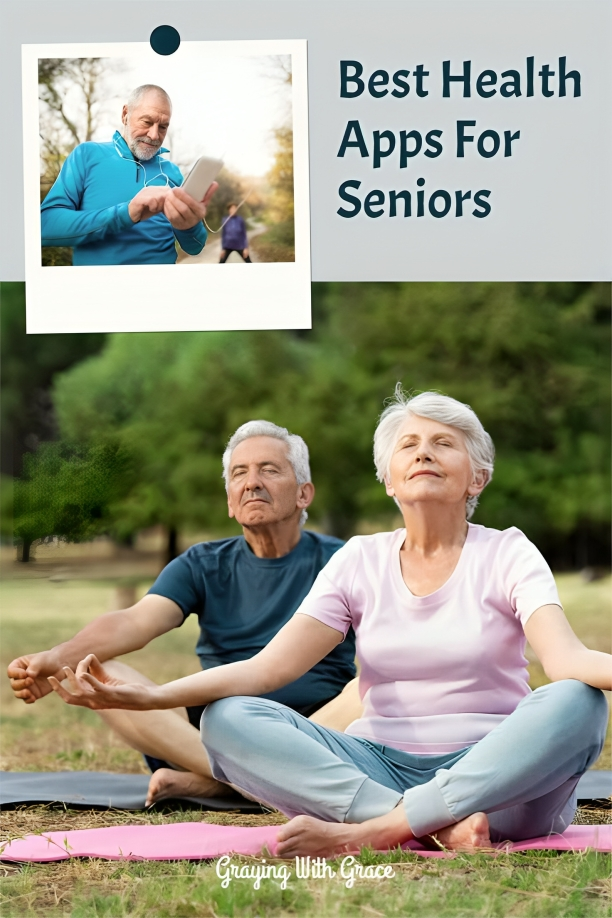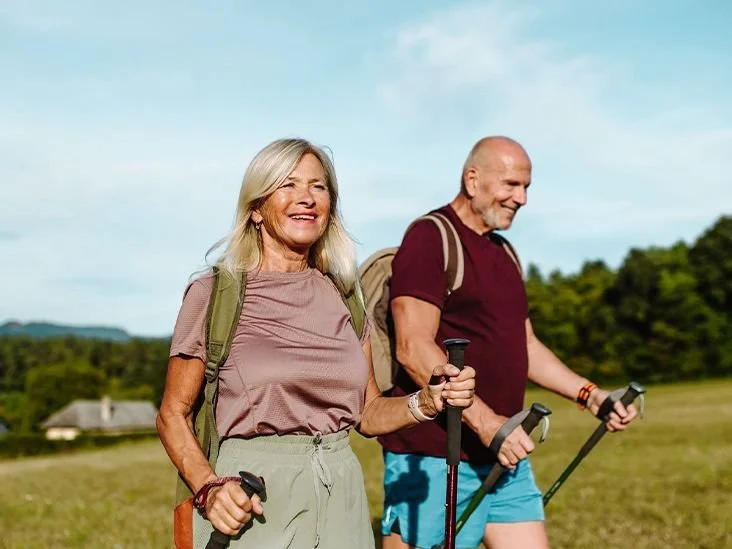
5 Simple Fitness Markers: What Your Body Should Be Able to Do for Optimal Vitality "By Joe Urbay"
We often hear the word "fitness" and immediately picture intense gym sessions, sculpted muscles, or running marathons. While those are certainly forms of fitness, they don't always reflect what truly matters for your daily life: your **vitality**. True fitness isn't just about how much you can lift or how fast you can run; it's about how effortlessly you move through your day, how much energy you have for the things you love, and your overall sense of well-being.
At its core, vitality means having abundant energy and a zest for life. And a big part of cultivating that vitality comes from what we call "functional fitness" – the ability to perform everyday activities with ease and without pain. These aren't elite athletic feats; they're the simple, yet profound, movements that allow you to live independently, joyfully, and with confidence.
So, how can you gauge your own functional fitness and vital energy right now, without needing special equipment or a personal trainer? Let's explore five simple markers that offer a clear snapshot of your current physical state and point you towards a more vibrant future.
1. The Brisk 30-Minute Walk: Your Everyday Endurance Test
Think about your daily life. Whether it’s navigating a bustling airport, exploring a new city on vacation, or simply enjoying a long stroll with a loved one, the ability to walk briskly for 30 minutes without feeling overly fatigued is a cornerstone of vitality. This marker speaks volumes about your cardiovascular health, stamina, and overall energy levels. It’s not about speed records, but about sustained, comfortable effort.
Why it matters: Good cardiovascular endurance means your heart and lungs are efficiently delivering oxygen to your muscles. This translates directly to less fatigue throughout the day, more energy for activities, and a healthier heart.
Self-check: Next time you go for a walk, aim for a pace where you can still hold a conversation but feel a little breathless. Can you maintain this for 30 minutes without needing to stop or feeling completely drained?
* **Your takeaway:** If this feels challenging, start with shorter walks and gradually increase your duration and pace. Consistency is your best friend here.
2. Getting Up from the Floor: The Ultimate Independence Indicator
Imagine playing with grandkids, tying your shoe, or simply picking something up that’s fallen. All these scenarios require you to get down to the floor and back up again. The ability to perform this action smoothly, without needing to push off furniture or use your hands excessively, is a powerful indicator of your core strength, balance, and lower body mobility. It’s a key marker of functional independence as we age.
Why it matters: This seemingly simple act engages multiple muscle groups and tests your balance and coordination. Being able to do this with ease reduces the risk of falls and keeps you agile for life's unpredictable moments.
Self-check: Find an open space. Carefully lower yourself to the floor (maybe sitting cross-legged or kneeling) and then stand back up. How much assistance did you need from your hands or other objects?
Your takeaway: Practice. Even if you start by needing your hands, focus on reducing your reliance on them over time. Core exercises, squats, and yoga can significantly improve this.
No, this isn't about becoming a contortionist! Basic flexibility is crucial for preventing stiffness, improving posture, and ensuring your joints move through their full range of motion without pain. If your hamstrings and lower back are tight, it can impact everything from how you sit to how you bend, leading to discomfort and limiting your everyday vitality. Being able to touch your toes (or at least comfortably reach your shins) signifies adequate flexibility.
Why it matters: Good flexibility allows for fluid, pain-free movement, reduces the risk of injury, and improves blood circulation. It helps you feel less "creaky" and more limber.
Self-check: Stand with your feet hip-width apart and gently hinge at your hips, reaching towards your toes. How far can you comfortably go? Do you feel significant tightness in your hamstrings or lower back?
Your takeaway: Incorporate simple stretching into your daily routine. Even 5-10 minutes of gentle hamstring, hip, and back stretches can make a world of difference over time.
3. Touching Your Toes (or Close!): Flexibility for Fluid Movement
4. Carrying Groceries with Ease: Practical Strength for Daily Living
After a trip to the supermarket, can you comfortably carry a couple of bags of groceries from your car to your kitchen without feeling strained or needing multiple breaks? This marker assesses your practical strength – not just big muscles, but the kind of strength that supports everyday tasks involving lifting, carrying, and balancing.
Why it matters: Functional strength allows you to manage daily chores, lift children or pets, move furniture, and maintain your independence as you get older. It protects your joints and spine from unnecessary strain.
Self-check: Pay attention next time you carry something moderately heavy. Do you feel stable? Is it easy or a struggle?
Your takeaway: Integrate simple strength-building activities into your week. This could be bodyweight exercises like squats and lunges, using resistance bands, or even just being more mindful of how you lift and carry objects.
5. Climbing a Few Flights of Stairs: Your Power & Stamina Indicator
Whether it's walking up to your apartment, navigating an office building, or even just going up to the second floor of your home, encountering stairs is a common part of life. Being able to climb two to three flights of stairs without feeling significantly winded or needing to pause indicates good leg power, cardiovascular fitness, and overall stamina.
Why it matters: This ability ensures you're not limited by your environment and signifies strong leg muscles and an efficient cardiovascular system. It directly relates to your overall energy for daily tasks.
Self-check: The next time you encounter stairs, take note. Can you ascend at a steady pace without gasping for breath? Do your legs feel heavy and tired by the top?
Your takeaway: If stairs feel challenging, start by taking them slowly and gradually increasing your pace. Incorporate exercises like lunges, step-ups, and calf raises into your routine to build leg strength and endurance.
These five markers aren't about achieving athletic perfection; they're about empowering you to live a full, independent, and vibrant life. They are gentle reminders that vitality isn't just a feeling – it's something you can actively cultivate through mindful movement and simple, consistent effort.
So, take a moment to reflect on these markers. Where do you excel? Where might there be room for gentle improvement? Remember, every small step you take towards these simple fitness goals is a giant leap towards a more energized, joyful, and vital you. Your journey to a healthier, more vibrant life starts with understanding what your amazing body is truly capable of.
Ready to implement these changes with personalized guidance?





